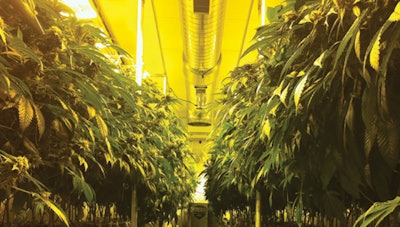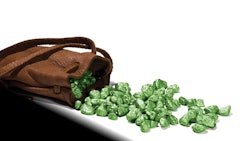
This article originally appeared in the July/August print edition of Cannabis Business Times. To subcribe, click here.
Where will you source the marijuana cultivars you intend to grow? Given that there are thousands of cultivars available today, with many more to come, do you know where they have come from and how you will utilize them? Many fail to recognize the importance of genetic diversity. However, genetic diversity is why not all seeds are created equal. Therefore, the clones, seeds and tissue cultures produced from different cultivars will vary.
So, where do the cultivars (genetics) of today come from?
Landraces: A landrace is defined as a traditional plant variety that has been selected by local farmers. Landraces were the basic foundations of the cultivars we know today. Today's growers utilize hybrids. Only a few grow Old World landraces because they typically require a longer maturation time and are less potent than hybrids; but there are some incredible growers, such as The Highest Grade, who are now growing and investigating the properties of these Old World gems. I expect to see a resurgence of boutique landrace production in the near future.
Hybrids: Hybrids result from crossing two different landraces, breeder's varieties or cultivars. Today, most hybrid cultivars are considered to be in the public domain. (More on that later.) Hybrids are what are predominantly grown today, along with landrace variants and pure-lineage Afghan cultivars.
Breeders (the short version): In the 1960s and 1970s, cannabis consumers and aficionados traveled the world. Many places they traveled were source countries for marijuana and hashish. These travelers noticed the unique characteristics and diversity of phenotypes compared to the imported marijuana to which they were accustomed. Many brought seeds home from places such as Afghanistan, Pakistan, Lebanon, Morocco, Nepal, Tibet and India, as well as grew seeds from imported Mexican, Colombian, Jamaican and Thai cannabis.
Thus began the selection and breeding that produced the hybrid cannabis cultivars we know today, and that continue to be bred to produce the cultivars of tomorrow. Seed companies began breeding specialized seeds and offering them for public sale from Holland in the early 1980s. Thousands of cultivars have been bred since.
To read the full article in our July/August edition, click here.

























